
Portrait Drawing: Finishing Touches
Savannah Tate CuffIt’s challenging to know when a drawing is finished and it’s time to step away, and for the artist, it can be hard to let go. Artist Savannah Tate Cuff shares her thoughts on when to stop with an example drawing made from a live model. In the drawing, Savannah’s block-in (the phase of creating two-dimensional areas and marking terminators, contours, and proportions) is completed. She’s rendered each area, fully focusing on each section and not going back to previous sections with additional modeling. At this point, she steps away from the drawing so she can assess it as a whole. There may be, Savannah says, “20 million things” that jump out and that she might not like, but she stresses that it’s just as important to move on. Practice and repeated drawings are what will make you a better artist, not correcting every flaw you might think you see.
That said, in Savannah’s drawing, she does select a couple of areas to continue working on. Those are the model’s upper lip area, which she’ll make slightly narrower, and an area to the side of the chin that Savannah evaluates as needing more modeling and rendering. Without getting caught up in what she calls “that vortex of second-guessing,” a few carefully chosen final refinements can be helpful. However, too much reworking of your drawing won’t necessarily make it better, and can leave it feeling overworked and lifeless. One of her most valuable lessons as an artist, Savannah says, is that once you’ve finished rendering, step back, change a few things, and then call it done!
Explore videos by Savannah Tate Cuff
You may be interested in
Premium Membership
Unlock exclusive member content from our industry experts.
- 24/7 Access to Premium Visual Art Videos, Projects, and Tips
- Step-by-Step Instructional Demos, Guides, and Tutorials
- Access to Ask the Expert Program
Unlock exclusive member content from our industry experts.
- 24/7 Access to Premium Visual Art Videos, Projects, and Tips
- Step-by-Step Instructional Demos, Guides, and Tutorials
- 2 Full-Length Classes to Keep in Your Account for Life
- Access to Ask the Expert Program
Gold Membership
$340 Value
Get everything included in Premium plus exclusive Gold Membership benefits.
- 24/7 Access to Premium Visual Art Videos, Projects, and Tips
- Step-by-Step Instructional Demos, Guides, and Tutorials
- 4 Full-Length Classes to Keep in Your Account for Life
- 8 Downloadable Visual Art Guides
- Discounts on Purchase-to-Own Content in the Artist's Academy Shop
- Access to Ask the Expert Program
- Access to GOLD LIVE Streaming Events
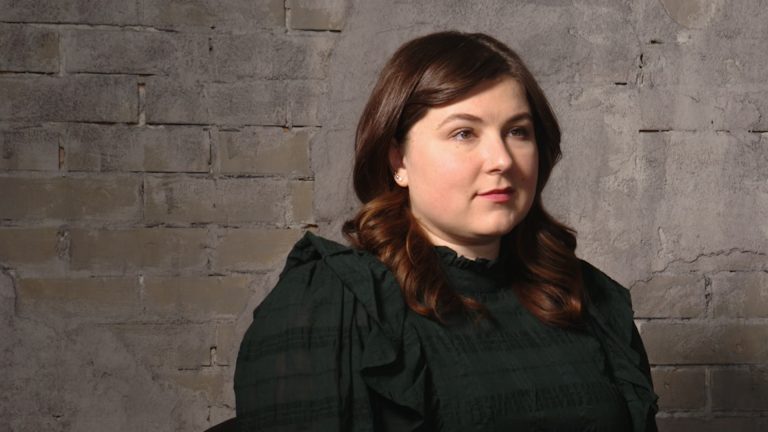
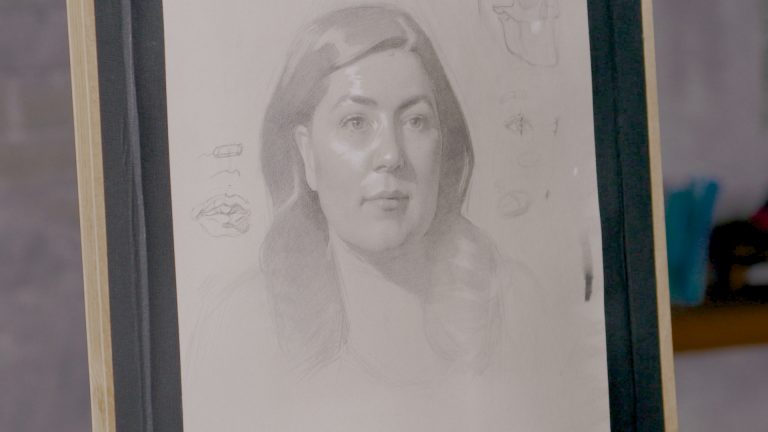

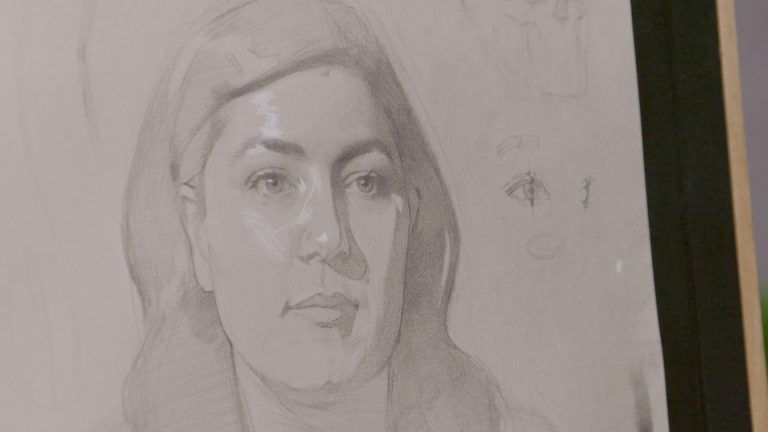
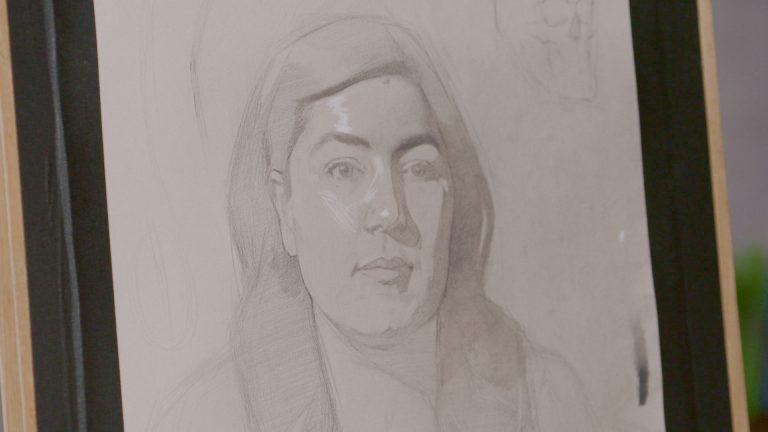
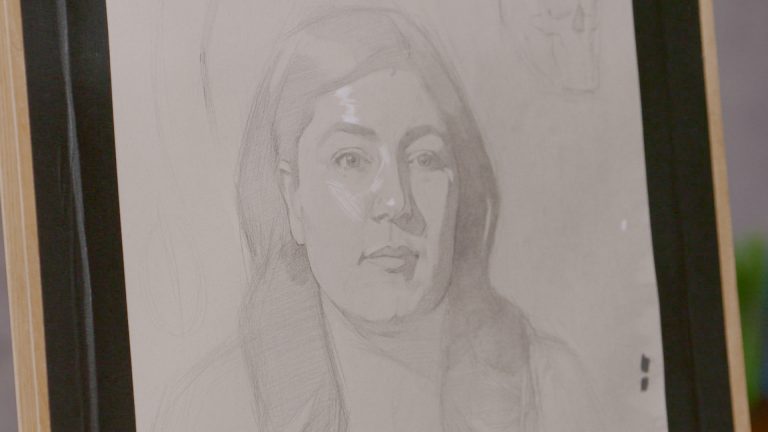



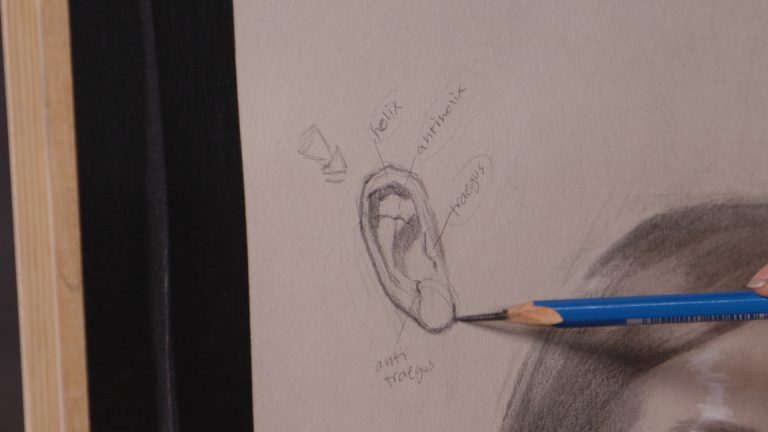


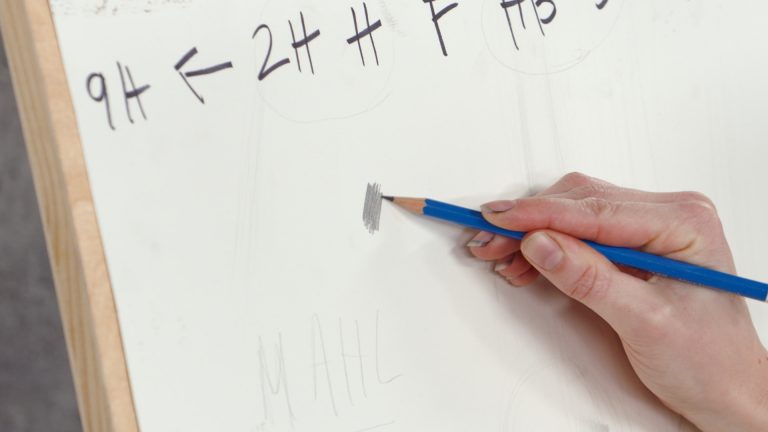
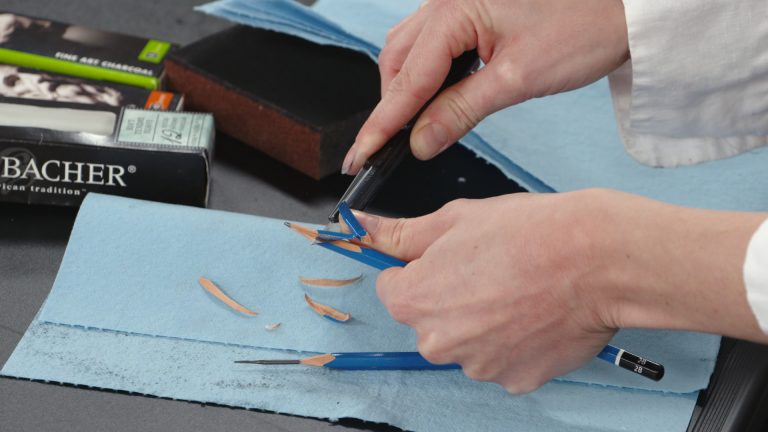
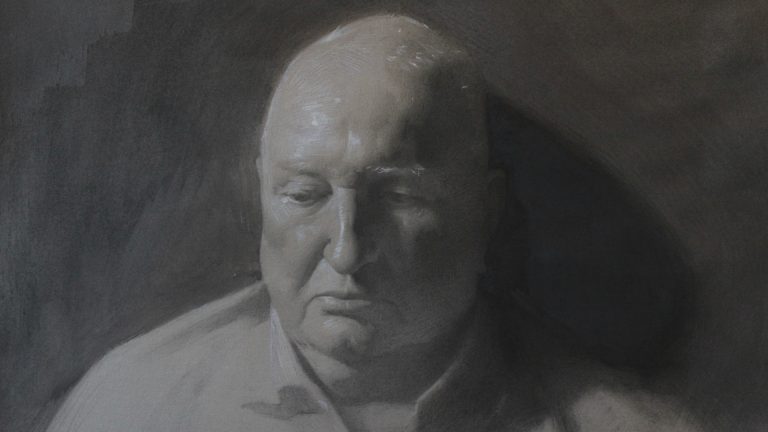
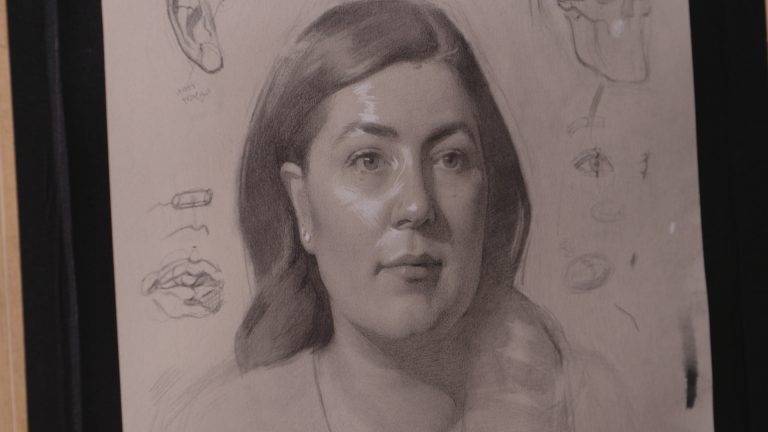
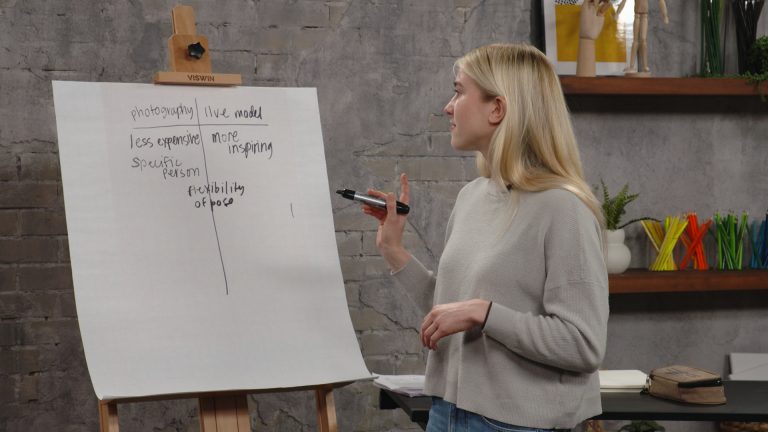




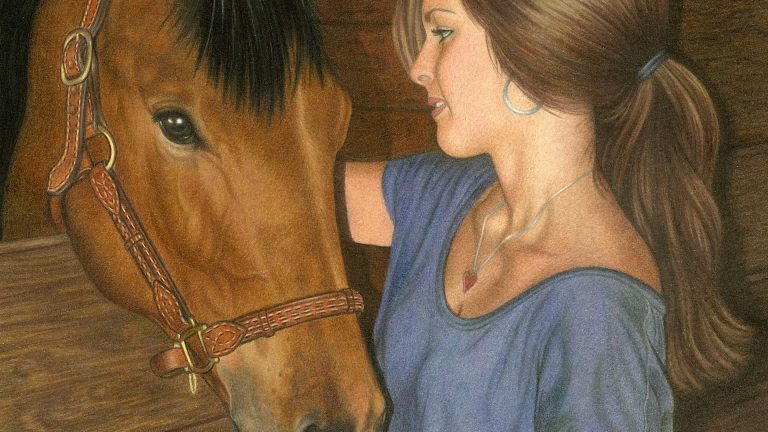

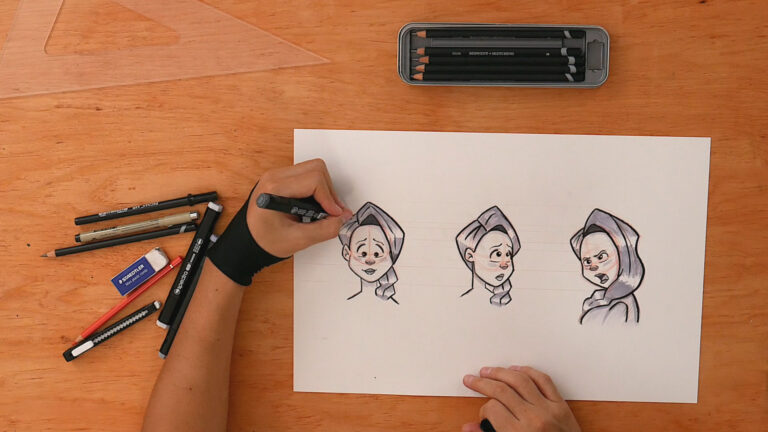
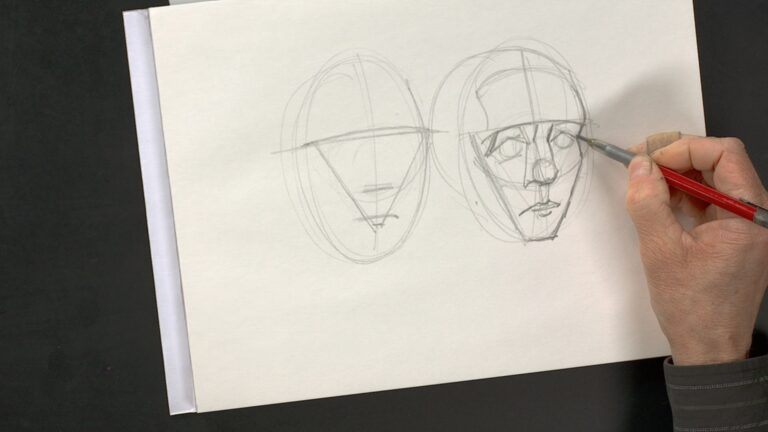

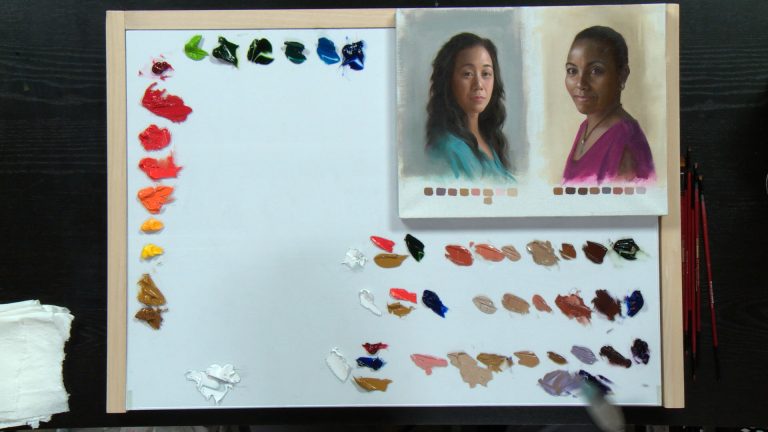
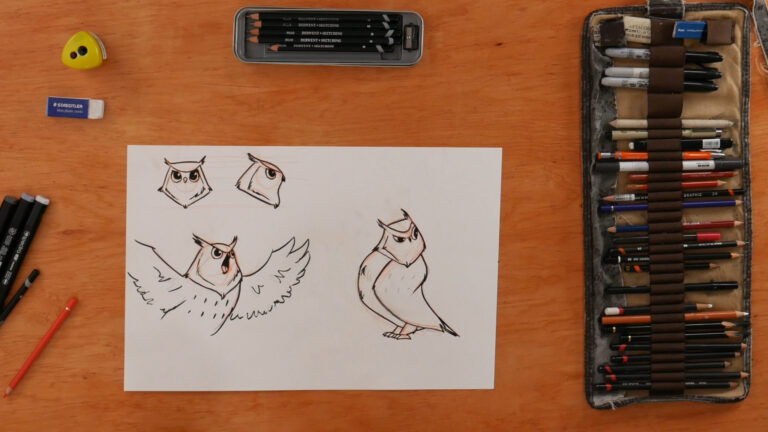

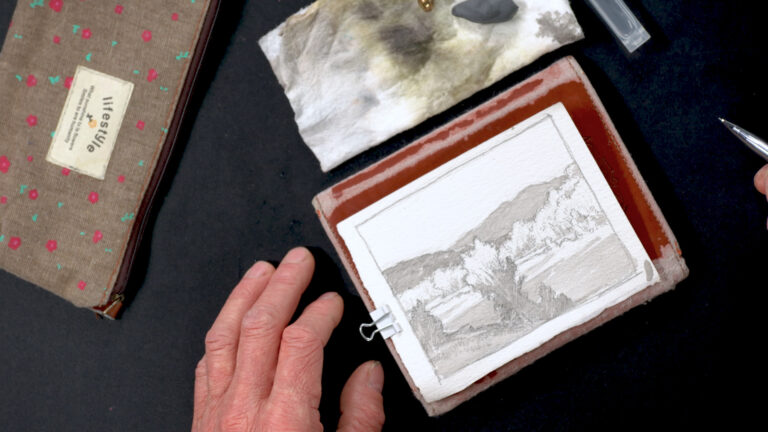
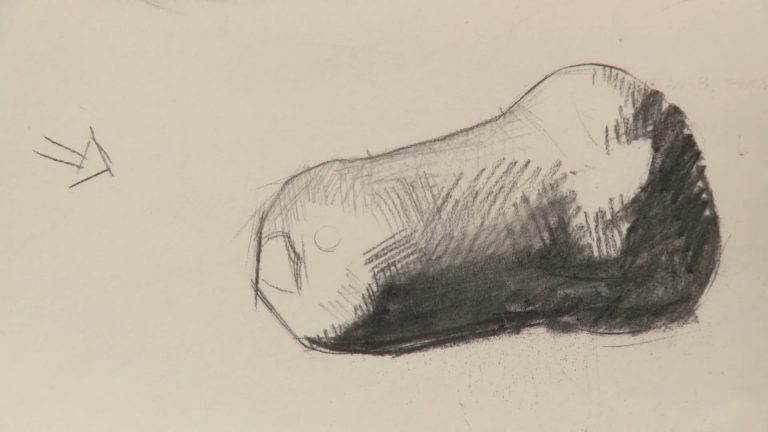

Share tips, start a discussion or ask one of our experts or other students a question.
Already a member? Sign in
No Responses to “Portrait Drawing: Finishing Touches”